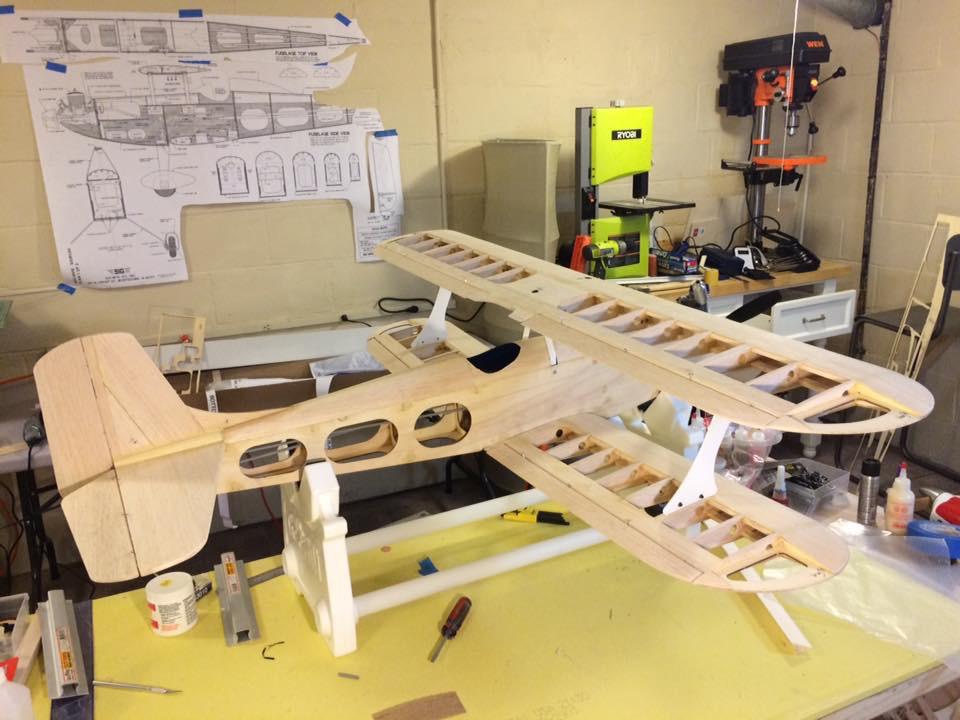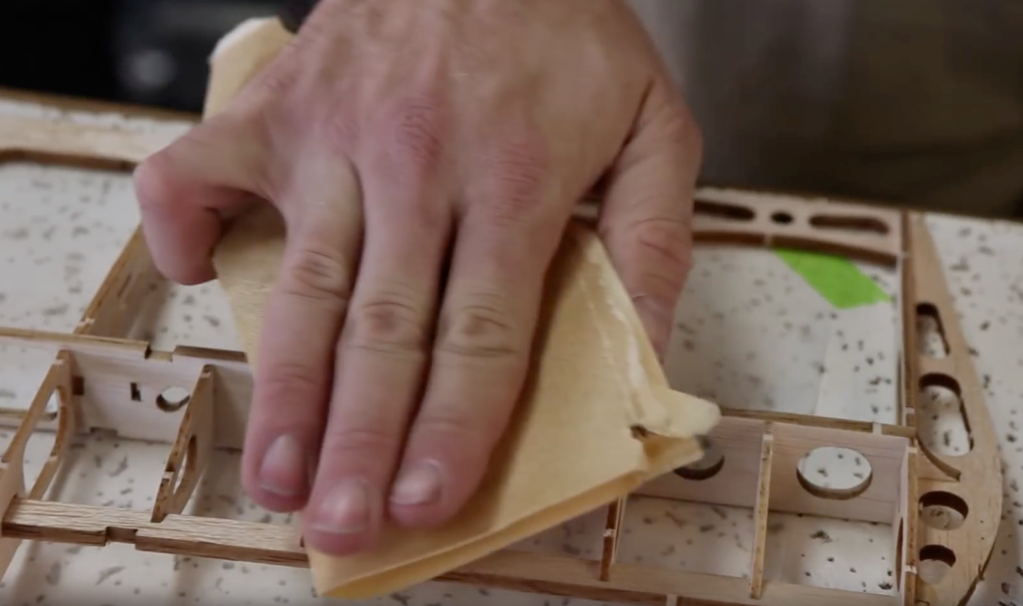Have many of you remembered balsa wood model aeroplanes? The thrill of bringing the kit home, opening it, and looking at the picture of the fully assembled plan – great memories. And those balsa wood aeroplanes with adjustable wings that would fly and do loops? Priceless!
If you’re about to restore those memories and build one of these model aeroplanes on your own, then one of the fundamentals you will require is sheets made of balsa wood. But how do you find the perfect ones? The following guidelines might give you a hand.
What to Look for In Balsa Sheets

When narrowing down your choices, there are some factors to keep in mind. These are the most common and important ones.
Balsa or Basswood
First things first, create a real masterpiece with premium balsa wood for models’ aeroplanes. Compared to basswood, balsa wood is more affordable which means you can get a larger amount of wood and build more aeroplanes than you would probably do with basswood. This allows you to practice more and bring your design to perfection.
On the other hand, balsa wood is stiff which makes it the ideal option for building aeroplanes unlike basswood which bends and it’s the perfect choice if you are building an arch bridge. Otherwise, always choose balsa.
In some situations, if you desire low mass/density but require the wood to be thicker (larger cross section) to resist bending and eventually breaking under compression forces, you might think about using balsa sheets because it generally feels more rigid. For instance, you could have two identically weighed sheets of wood: one made of basswood and the other of balsa. In the end, the Balsa piece is thicker than the Bass. You occasionally gain an edge from this.
Balsa face grain occasionally tears away at the joint. This is particularly true for the lower the balsa wood’s density. You can make up for this by using a different kind of adhesive and by giving the joint more surface area. However, these adjustments may also give your aircraft more bulk, which is something to consider in high-level competition.
Density
When on the hunt for balsa wood for models, one of the several important things to keep in mind is the wood’s density. Luckily, balsa wood has a wide range of densities, low density, middle density and high density. This gives you more options and allows you to choose the one that will best suit your needs. You don’t always know how strong the sheet is that you are getting, but if you know what you want, you can build with very specific wood densities. However, since balsa models are inconsistent and take more work and careful inspection to get similar results, they are appropriate for more skilled crafters. Novices should stick to basswood in such cases.
Strength

In terms of strength, one of the most frequently asked questions is whether the sheets made of balsa wood retain the same strength throughout their entire length. For instance, a piece that is 24 inches long could have more strength at one end than the other.
Once more, this emphasizes the natural irregularity of balsa wood and highlights how challenging high-level work with balsa is. A sheet of balsa can be held up to the light to show variations in density—or, if the sheet wasn’t made adequately, variations in thickness. All you need to do is exercise caution and ensure that you are aware of what you are doing. This issue exists in Basswood as well, though not to the same extent.
Weight
Since balsa wood is the lightest and softest type of hardwood, sheets made of balsa are thin and easy to deal with requiring you to use only basic tools like a box cutter or sharp knife. Its hue ranges from white to oatmeal.
However, it only has 50% of the strength and stiffness of Baltic pine in a span. Balsa wood alone is not strong enough to hold a lot of weight over time. So, as previously said, because of its small weight, it can be used as a sandwich material between wood or other materials with higher compression and tensile strengths. It’s not going to be used for shelving, furniture, or anything substantial. Therefore, the best uses for it are sandwich materials and model aeroplanes.
However, keep in mind that a balsa model may change its weight due to changes in humidity. In other words, they may lose weight when left in the sun and gain weight after humid days. To dry it out, some individuals even go so far as to place their balsa model planes in a low-temperature oven. Although we can’t endorse that technique, it does demonstrate how water affects the model’s weight and how occasionally those 0.01 grams matter.
Size
Balsa sheets are square or rectangular and are long and thin. Common sizes are typically 36 inches long, with thicknesses ranging from 1/32 to 3/4 inches. They are also often two to six inches wide.


Leave a comment